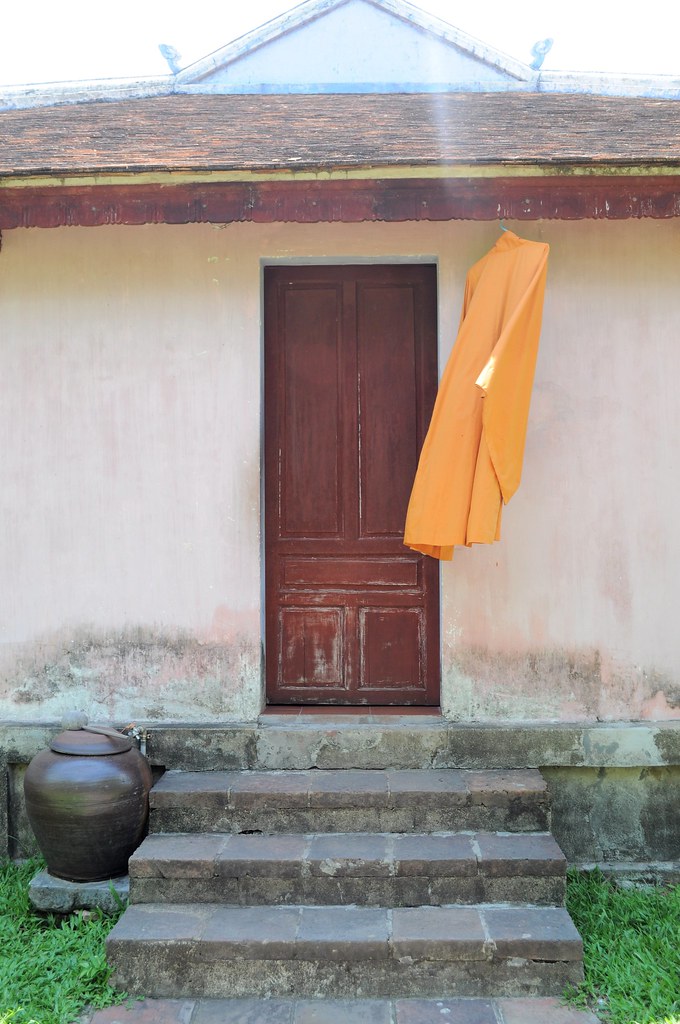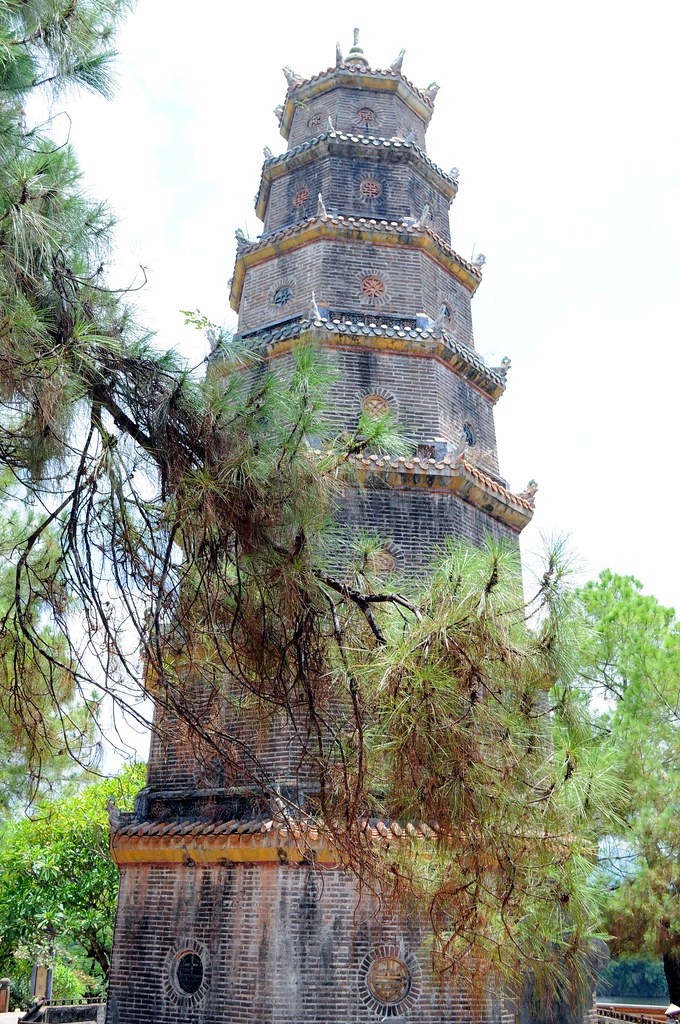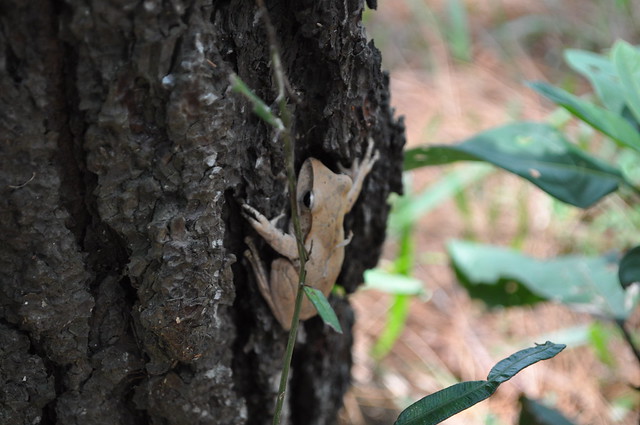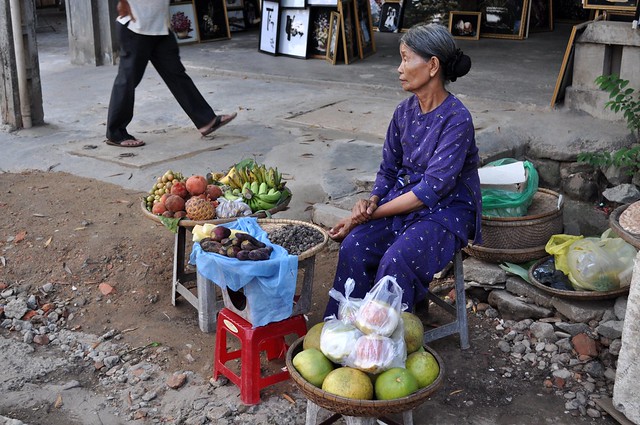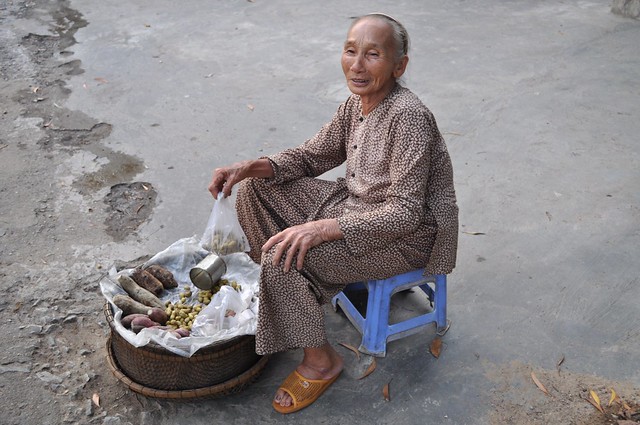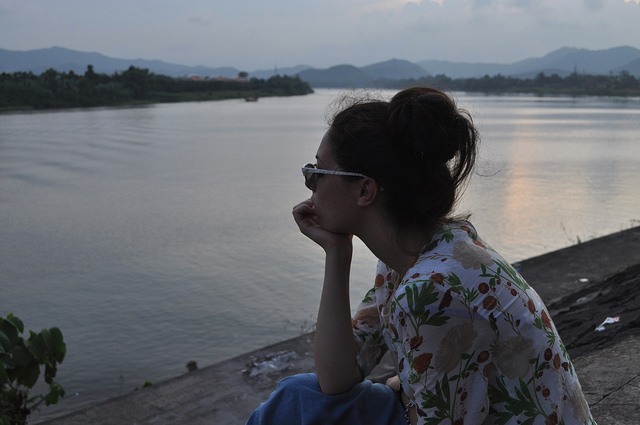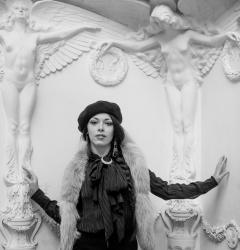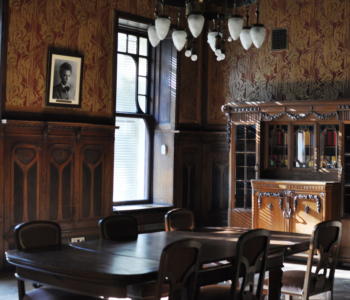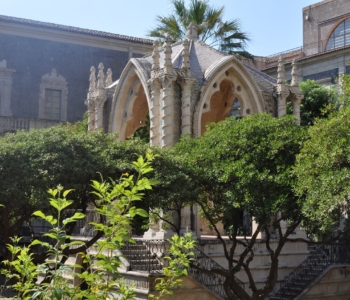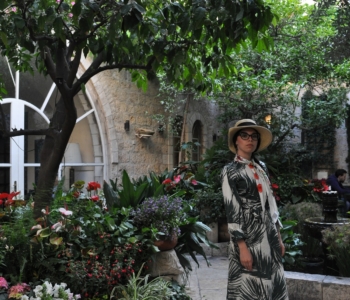Huong Thanh and Nguyen Le, Fragile Beauty
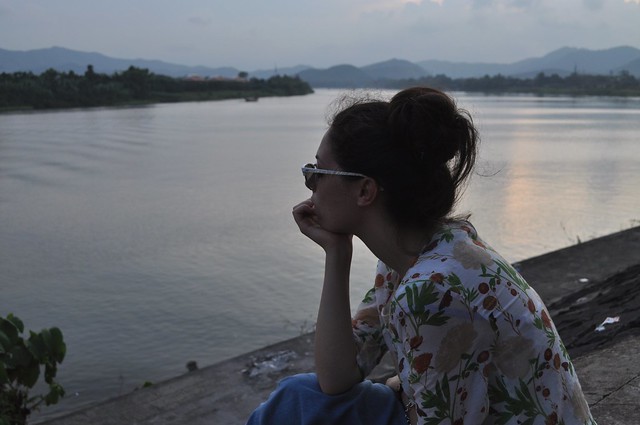
There was a time when Hué was the imperial capital of the Nguyễn Dynasty. It was until 1945 when Emperor Bảo Đại abdicated and a communist government was established in Hà Nội.
The splendor of this city lasts briefly and its old opulence soon declined because of the war: during the Vietnam War, Huế’s central position placed it very near the border between North Vietnam and South Vietnam.In the Tết Offensive of 1968, during the Battle of Huế, the city suffered considerable damage not only to its physical features, most of it from American firepower and bombings on the historical buildings as well as the massacre at Huế committed by the communist forces.
After the war’s conclusion, many of the historic features of Huế were neglected because they were seen by the victorious regime and some other Vietnamese as “relics from the feudal regime”. There has since been a change of policy, however, and many historical areas of the city are currently being restored.
Inside the citadel was a forbidden city where only the emperors, concubines, and those close enough to them were granted access; the punishment for trespassing was death. Today, little of the forbidden city remains, though reconstruction efforts are in progress to maintain it as a historic tourist attraction.
Today Huế is well known for its historic monuments, which have earned it a place in UNESCO’s World Heritage Sites. Roughly along the Perfume River from Huế lie myriad other monuments, including the tombs of several emperors, including Minh Mạng, Khải Định, and Tự Đức. Also notable is the Thiên Mụ Pagoda, the largest pagoda in Huế and the official symbol of the city.
Otherwise others vietnamese cities like Hanoi or Saigon, Hué is a peaceful and quiet provincial city, lost in the countryside and crossed by the Perfume River which carrys smells of flowers and fine woods.
info: wikipedia.com
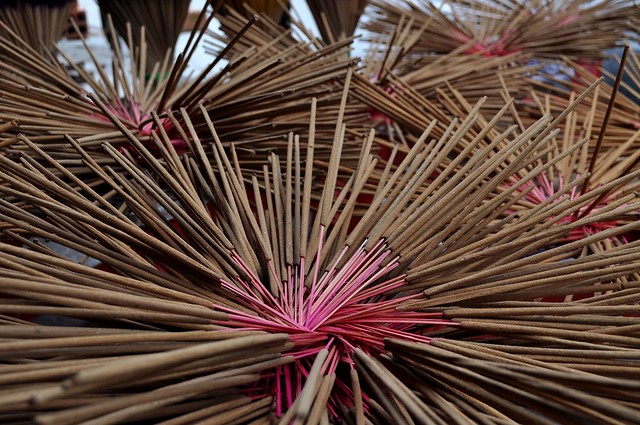
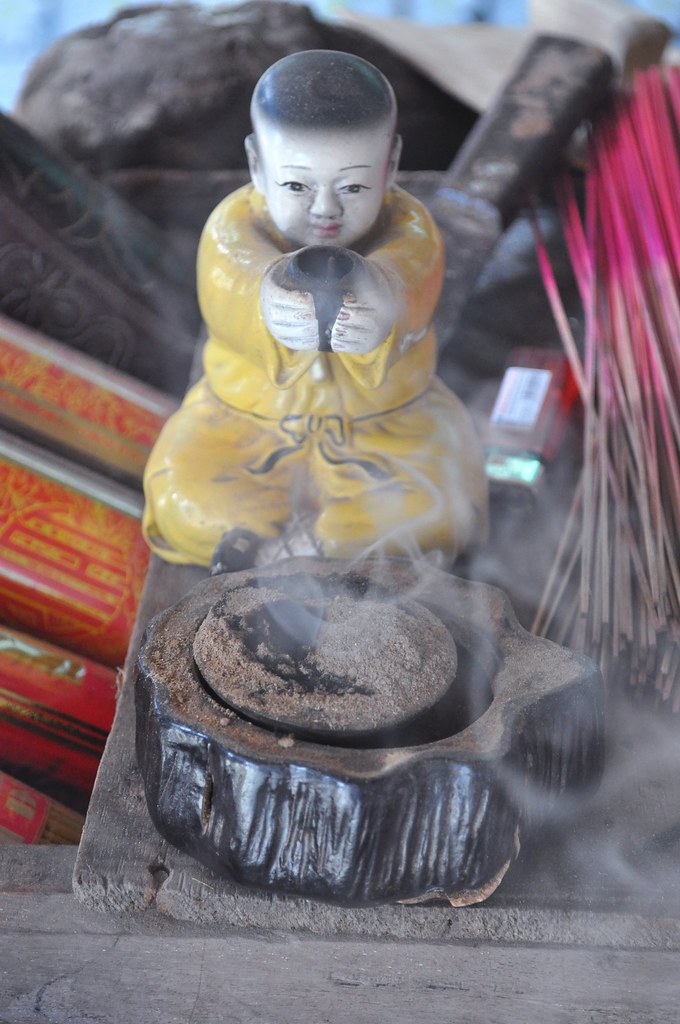
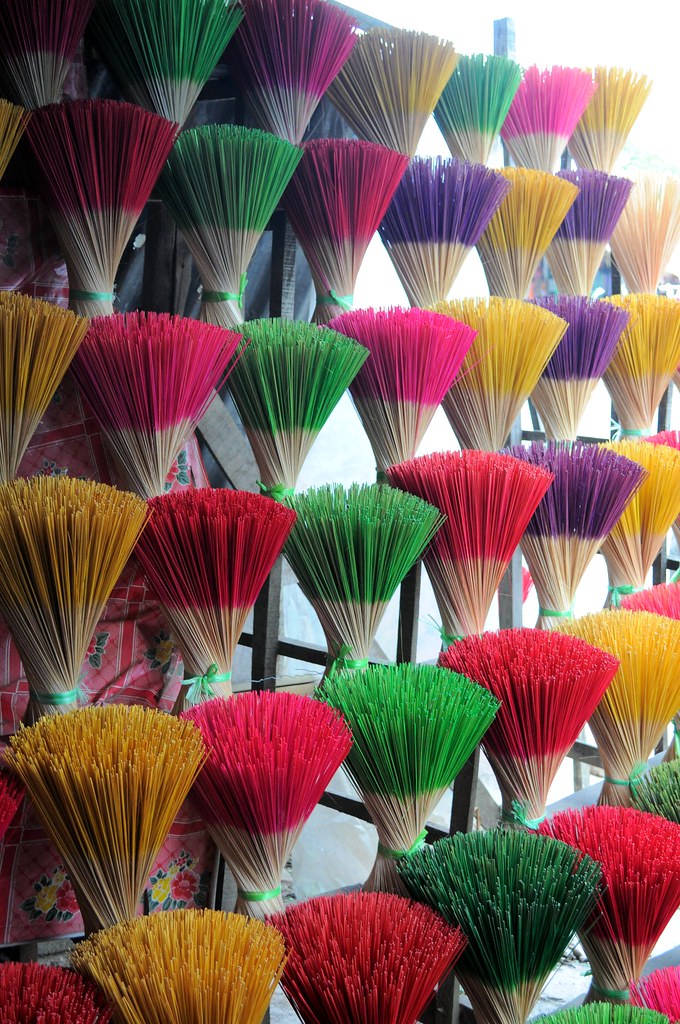
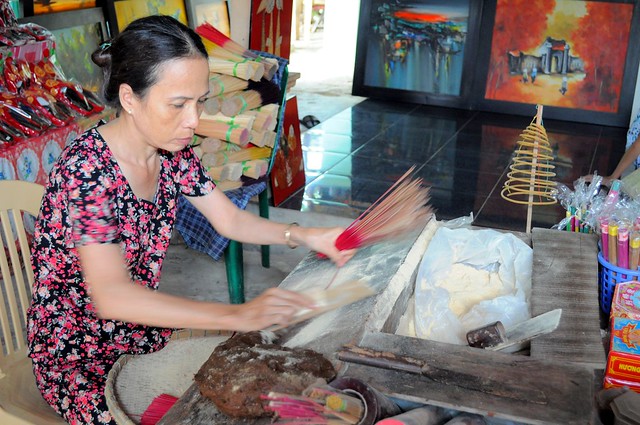
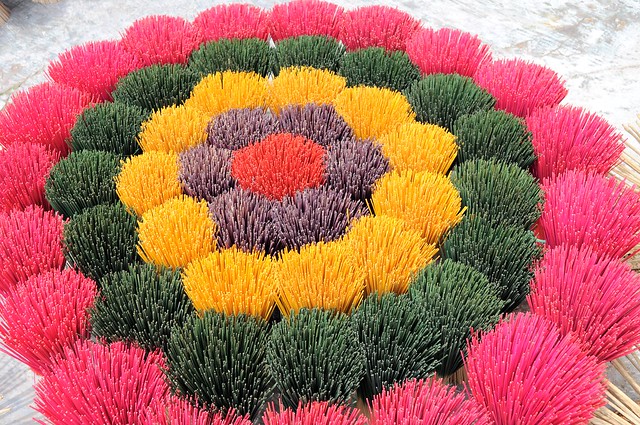

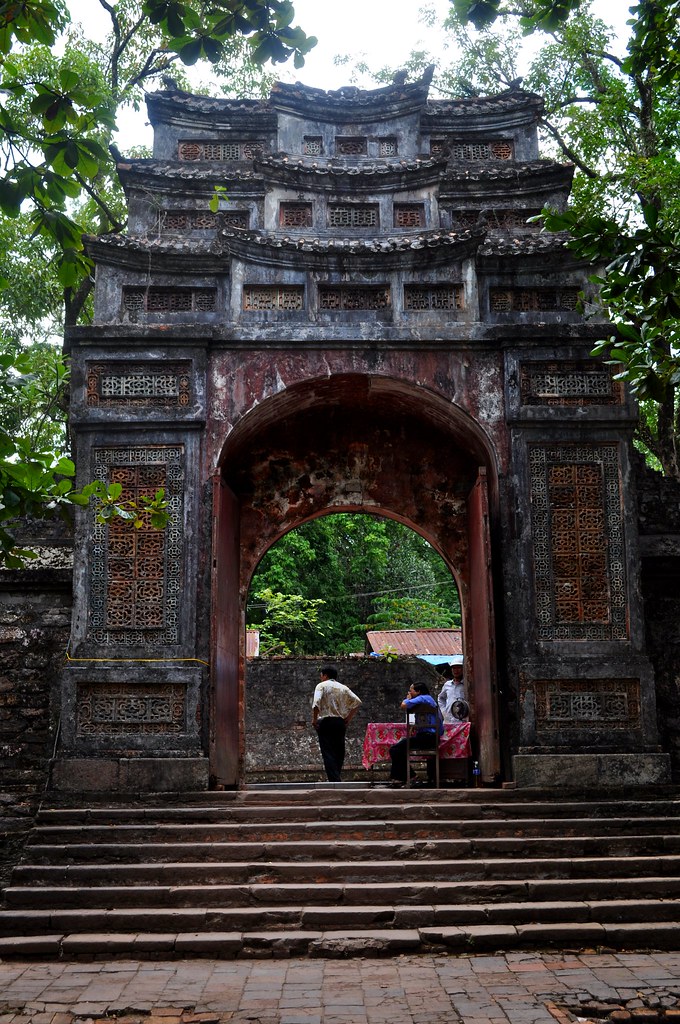 Tomb of the emperor Tu Duc (built 1864-67)
Tomb of the emperor Tu Duc (built 1864-67)
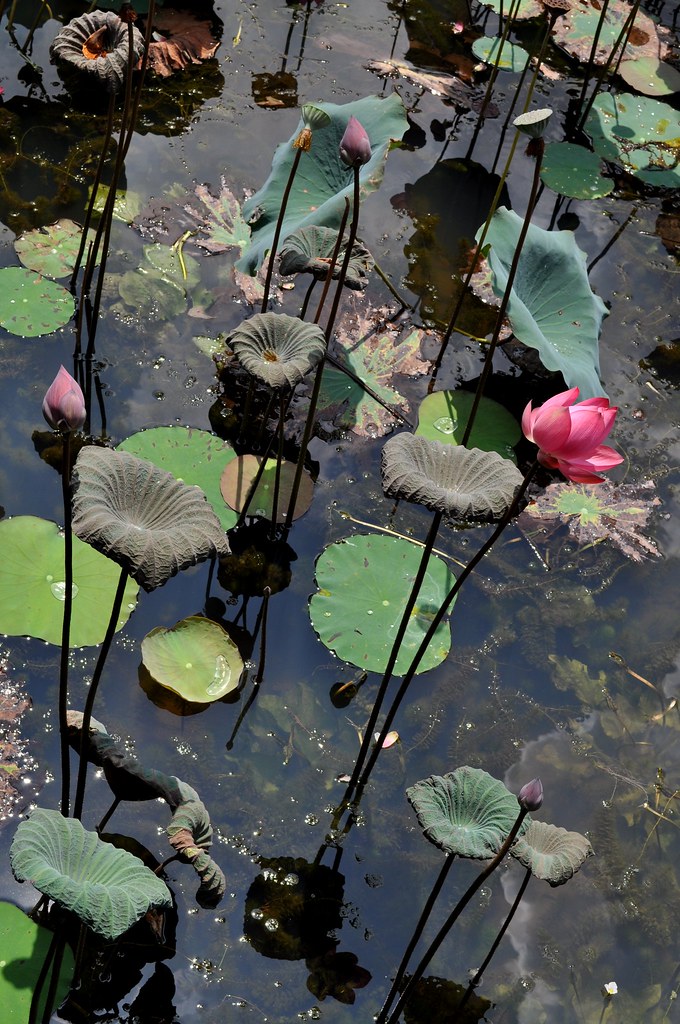
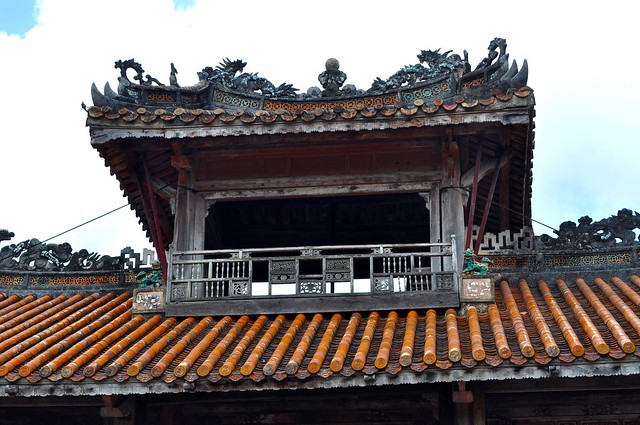
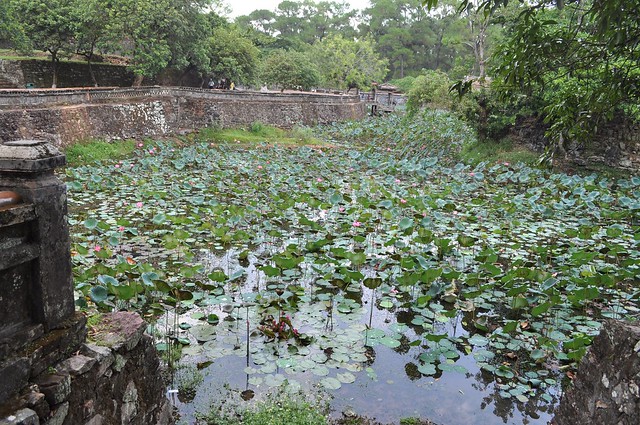
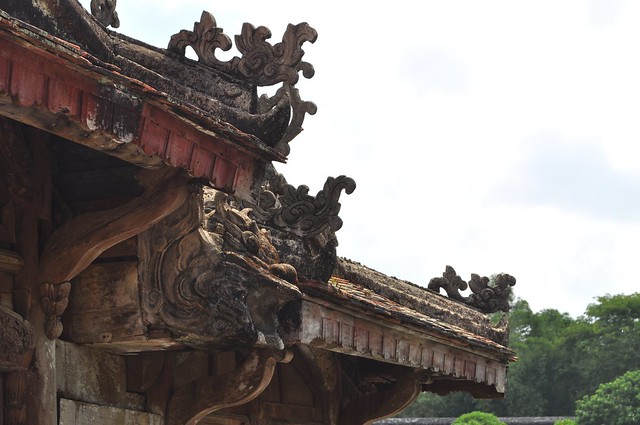

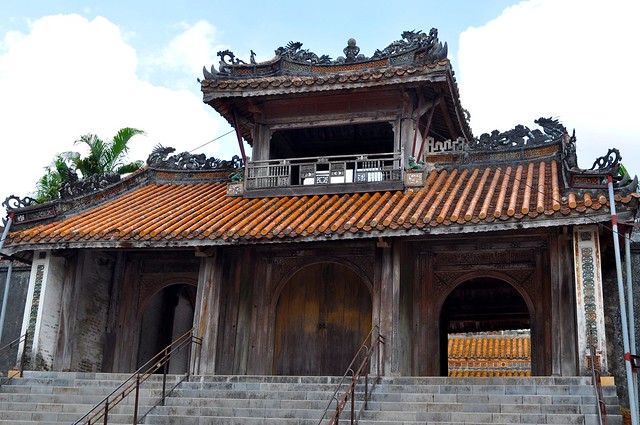
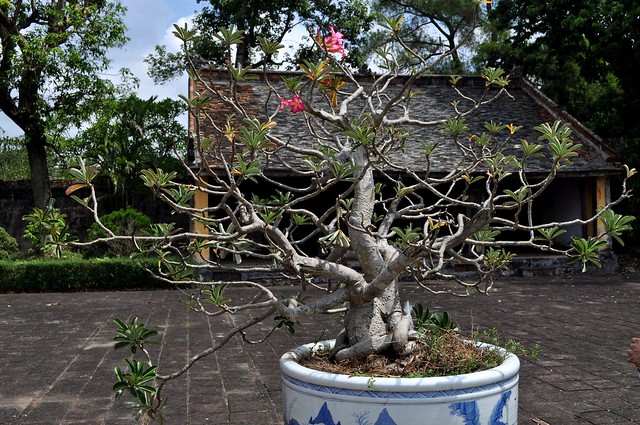

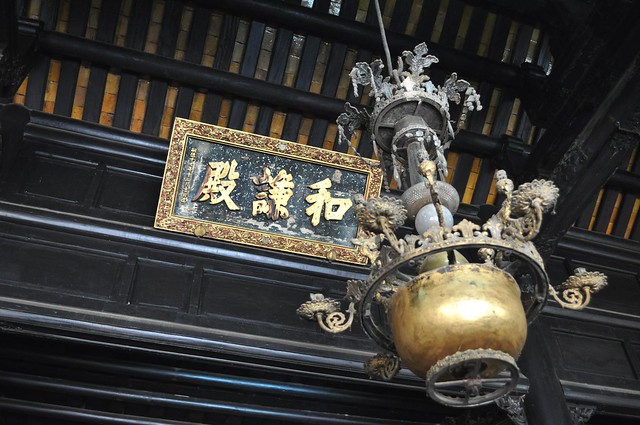
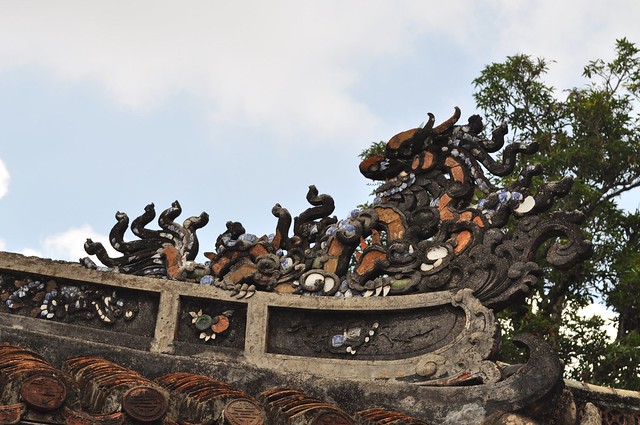
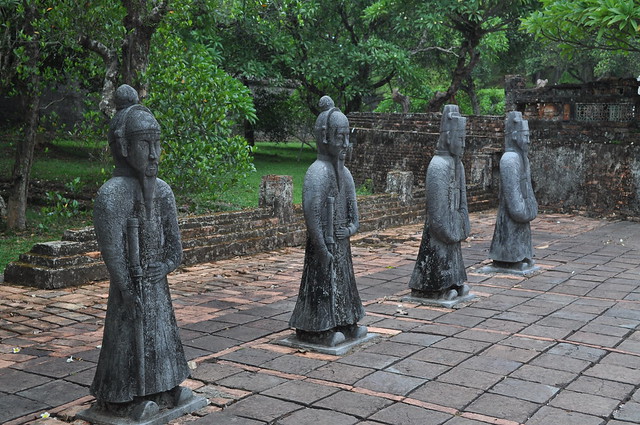
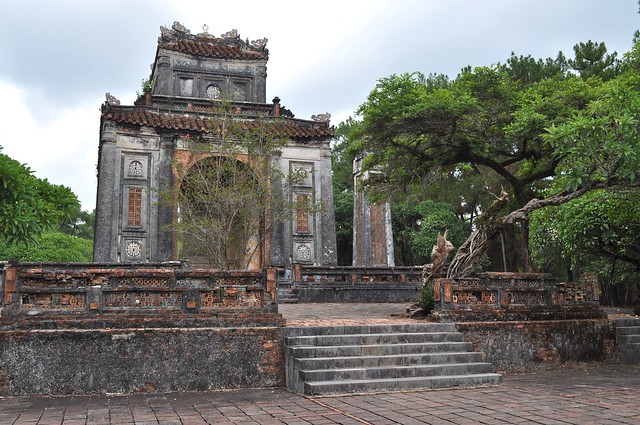
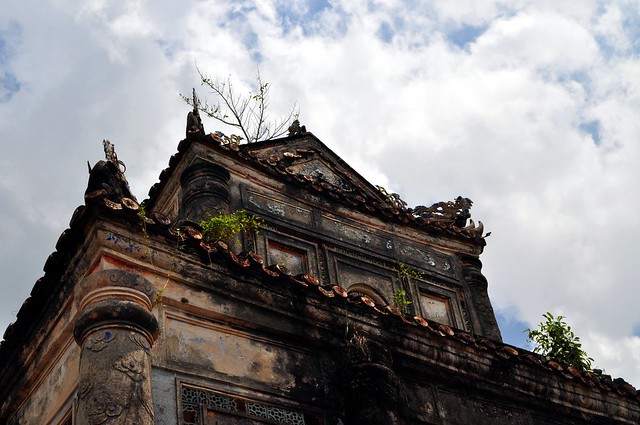
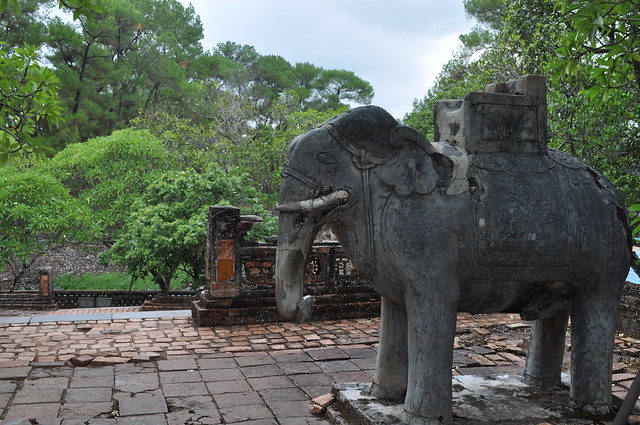
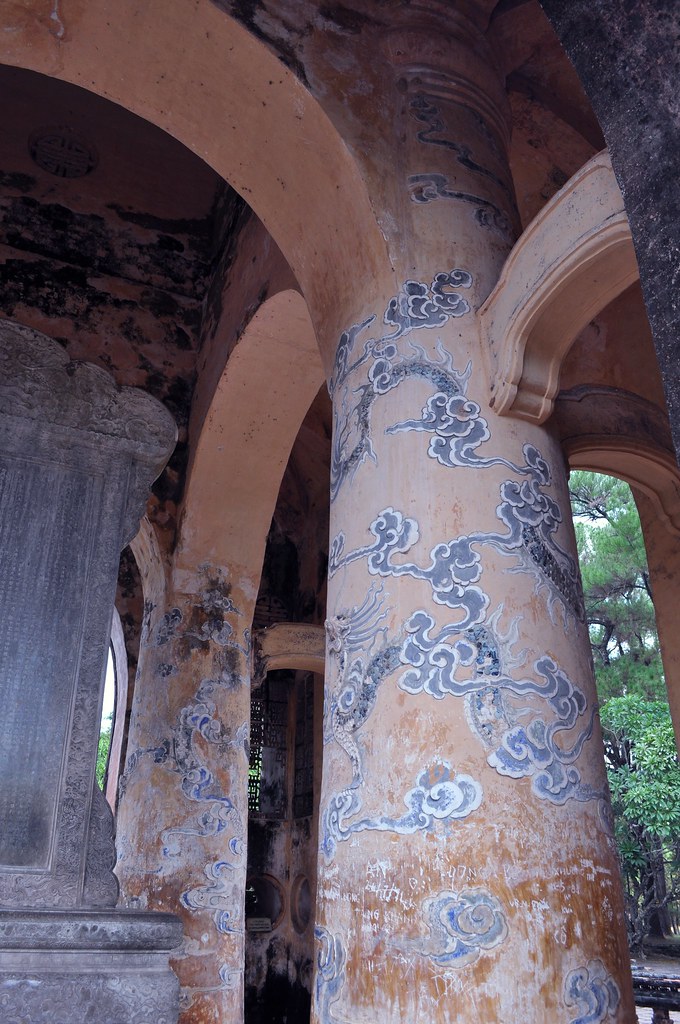

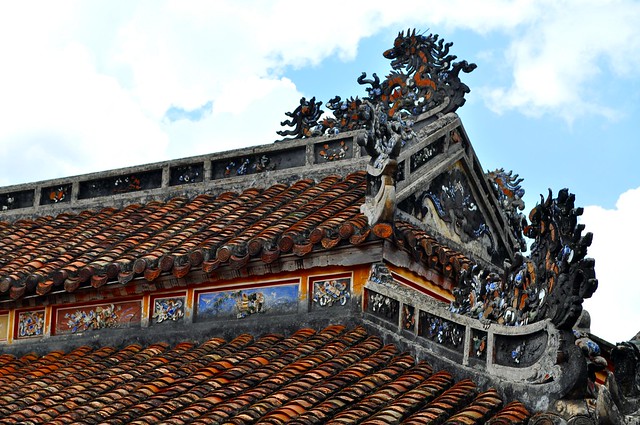
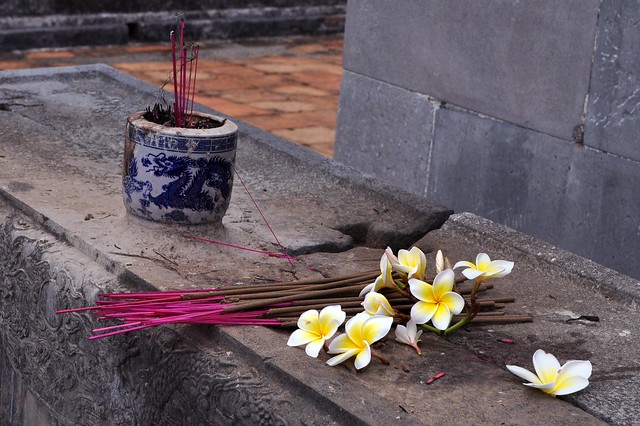
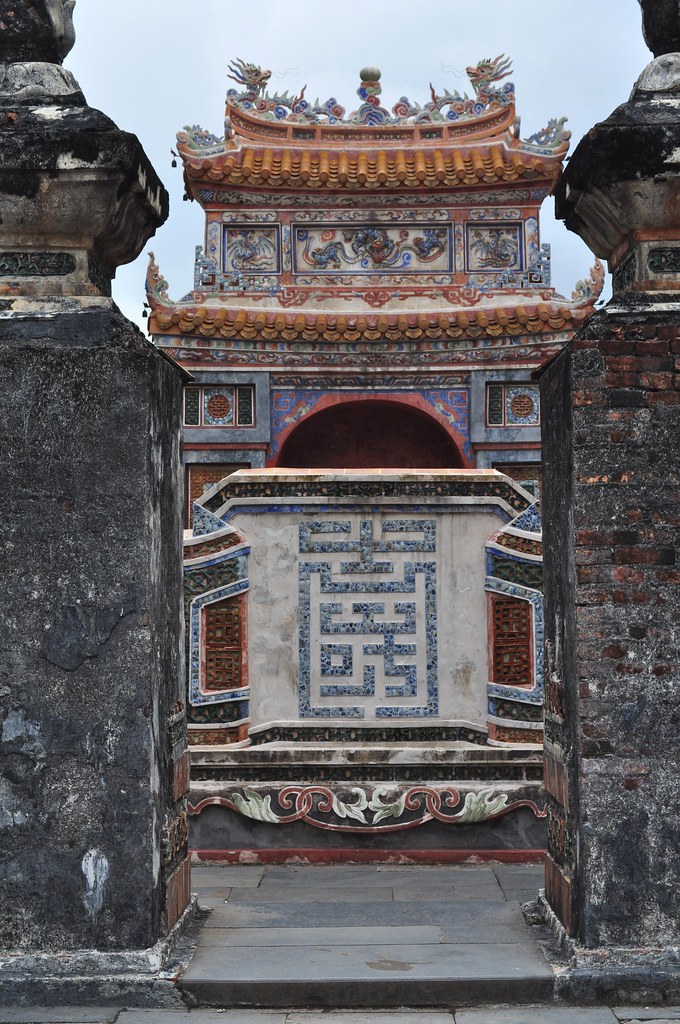
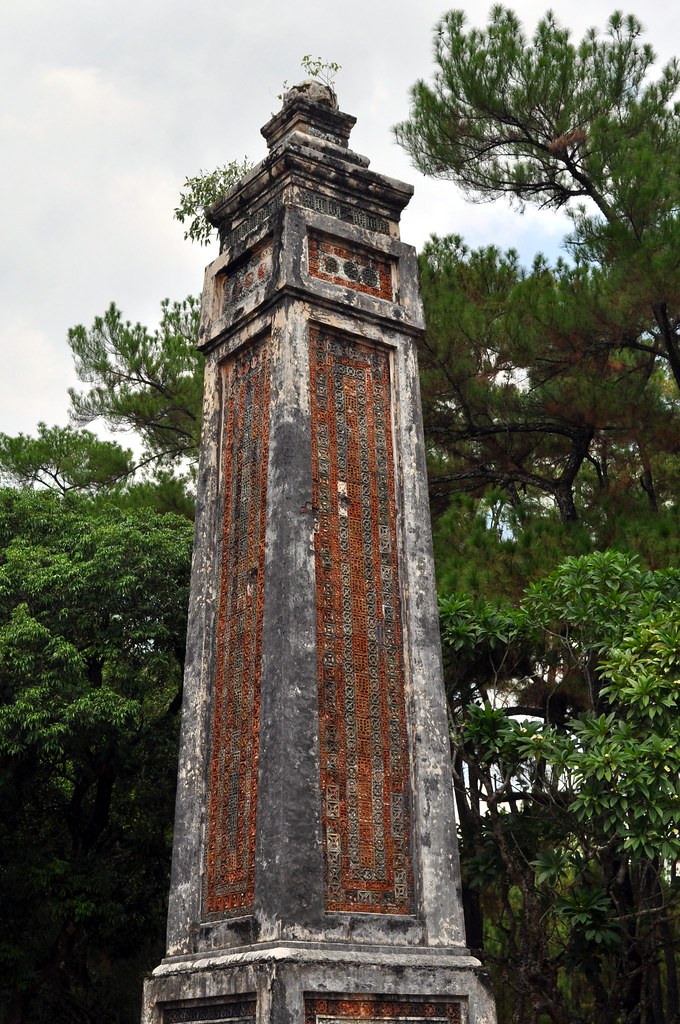
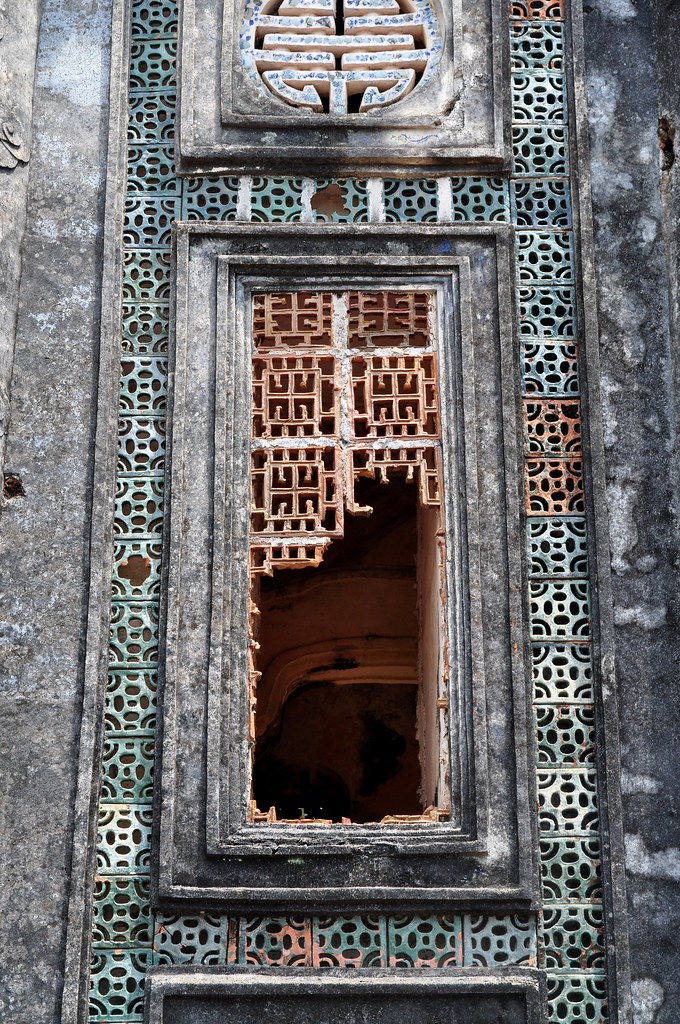
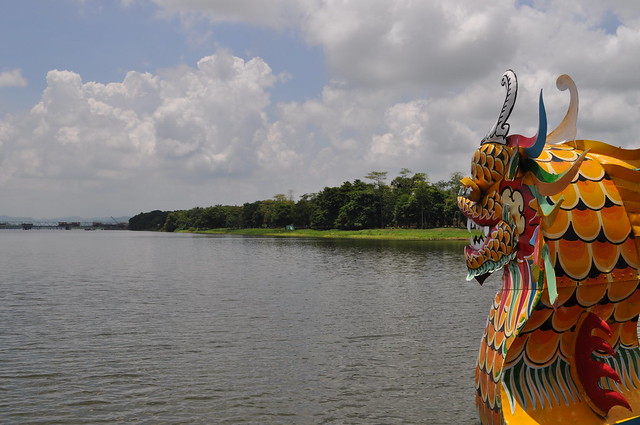
Purfume River
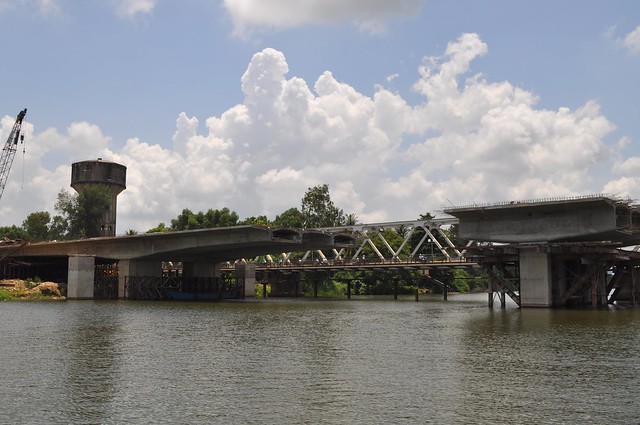
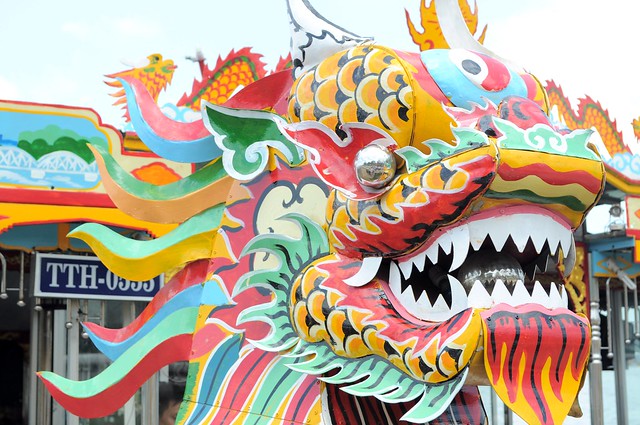
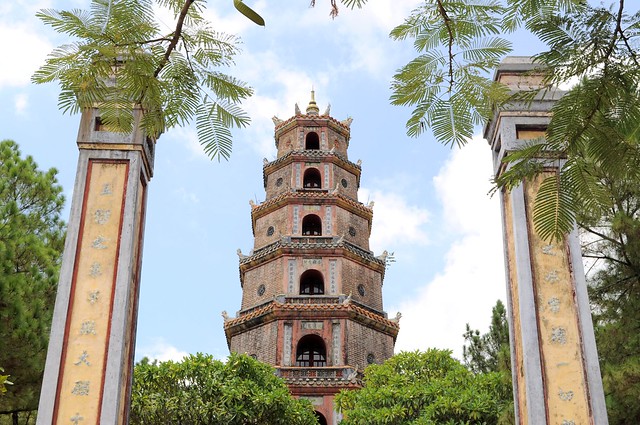
Thien Mu Pagoda
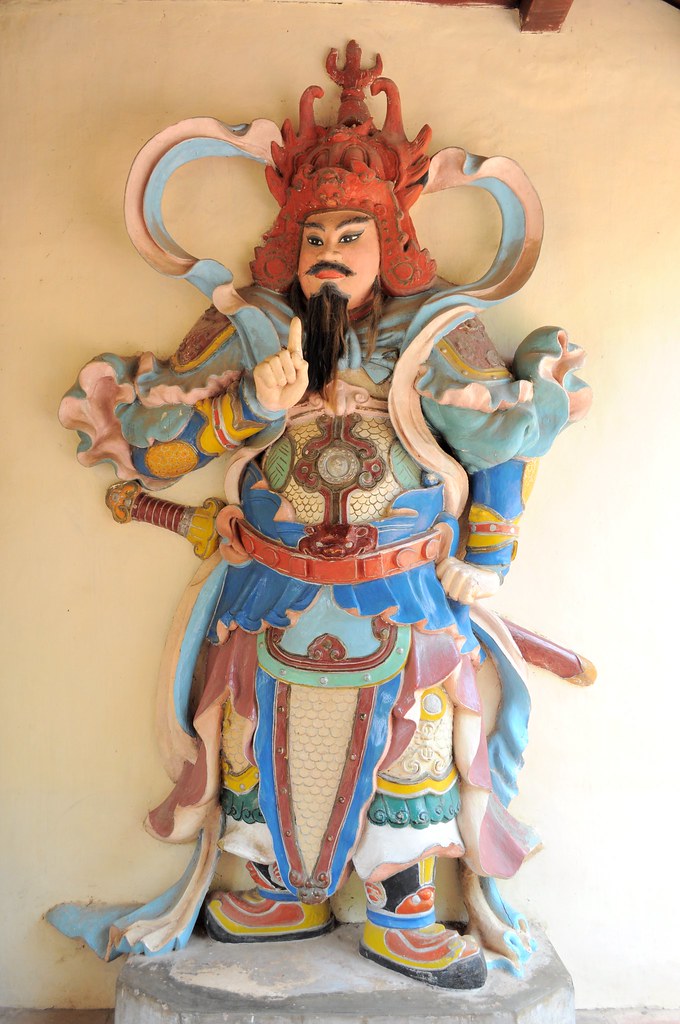
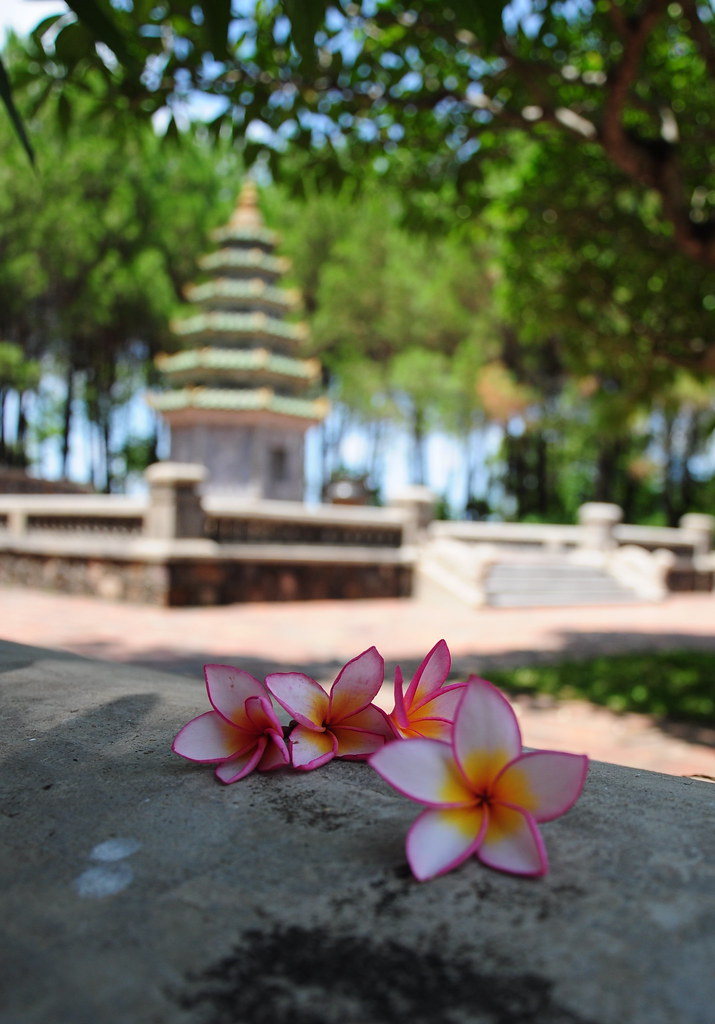
pic by martina

pic by martina
